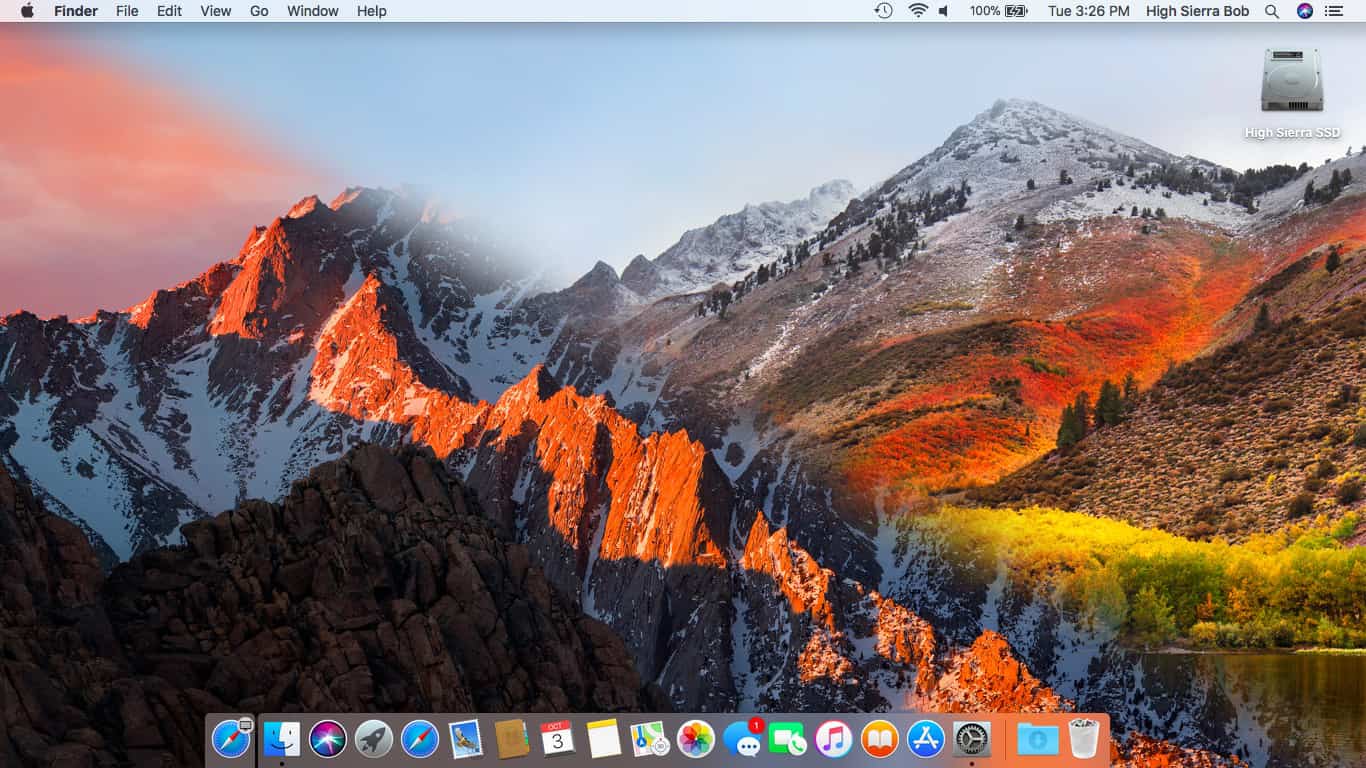

- How much space do i need for mac sierra high how to#
- How much space do i need for mac sierra high install#
- How much space do i need for mac sierra high serial#
- How much space do i need for mac sierra high update#
To install or upgrade to the new macOS High Sierra, you’ll need at least 8 GB of free space. How much space do you need for macOS High Sierra Just imagine how much free space you’ll have for the good things! Try it out. An average user finds about 74 GB of potential junk to clear out. With its help, you’ll remove all the junk your Mac contains in just two clicks - system junk, app leftovers, large hidden files, etc. Please note that there is one more thing that can help you manage the space on your Mac and perfectly prepare it for the upgrade - a cleaning app like CleanMyMac X. As a result, your files, photos, mail, apps and videos will occupy less space on your Mac. But you would be surprised to know that once you’ve upgraded to macOS High Sierra, you’ll have a lot of free space thanks to the new Apple File System and HEVC - a new encoding standard for video. To run High Sierra, you’ll need 8 GB of available disk space. Probably you are also interested in macOS High Sierra space requirements. The more powerful the hardware, the better the performance will be.

But note that the new Macs with more powerful processors will make more out of macOS High Sierra. They will also have access to all amazing innovations a new OS offers. That’s great news for those who own older Mac models. It’s interesting that the macOS High Sierra requirements and technical specifications are the same as for macOS Sierra. System requirements for macOS High Sierra However, devices between 5 and 7 years old are held in a sort of esteem by Apple who names them “vintage”, thus they still offer support (at least some kind) for them. This comes to support Apple’s credo that any device made more than 7 years ago is too old and obsolete to support the newer capabilities in software development. In short, any Mac from 2009 or newer has the configuration to support macOS 10.13 High Sierra. IOS and macOS use the decimal system The operating system of your iPhone, iPad, iPod touch, and Mac reports storage capacity using the decimal system (base. Other factors, such as the operating system installed on the device, use additional storage space.
How much space do i need for mac sierra high serial#
Drives: disk0 - APPLE HDD HTS545050A7E362 500.11 GB (Mechanical - 5400 RPM) Internal SATA 3 Gigabit Serial ATA. Video Information: Intel HD Graphics 4000 - VRAM: 1536 MB. Battery: Health = Normal - Cycle count = 1411. Here’s a complete list of the Mac desktop and notebook devices that support macOS High Sierra: I suspect that that 'purgeable' data covers almost all of that extra space. I've got an MBP that's been incrementally upgraded through like four versions of MacOS. If you discover you are running an older version of macOS, don’t despair, as there is still hope.ĭon't know why it would have assigned them to the System folder, but I've seen weirder things before. Not sure which version of macOS you have? Find out by opening the Apple menu and clicking on About this Mac.

Now, if you’ve been running macOS 10.12 so far, we’ve got great news for you! Your Mac should also run macOS 10.13 High Sierra without any issues. Eager to find out? Let’s go! macOS 10.13 High Sierra Compatibility
How much space do i need for mac sierra high how to#
Which brings us to the subject of this article: how to find out if your Mac can run masOS High Sierra and what are the system requirements for macOs 10.13.
How much space do i need for mac sierra high update#
While this step is easy since the new update is available for all users, you still need to have a compatible Mac. With a lot of tweaks and refinements, the new macOS High Sierra promises a user experience deemed for the future of technology, bringing Apple one step closer to VR, AR and gaming capabilities.īut before you get to test the new features and fine-tunings, you’ll need to get your hands on High Sierra. The new operating system for Mac has been officially released at the September keynote 2017 and the hype is real.


 0 kommentar(er)
0 kommentar(er)
